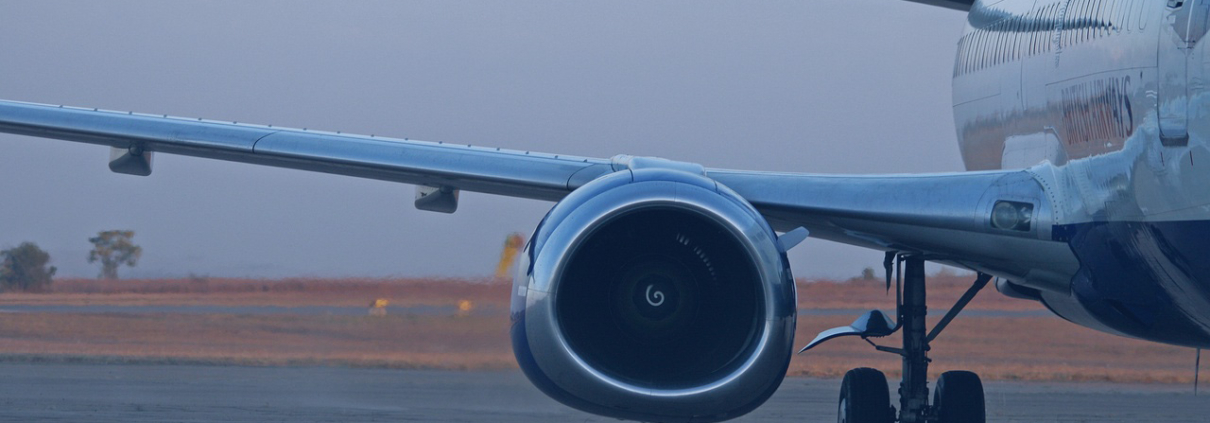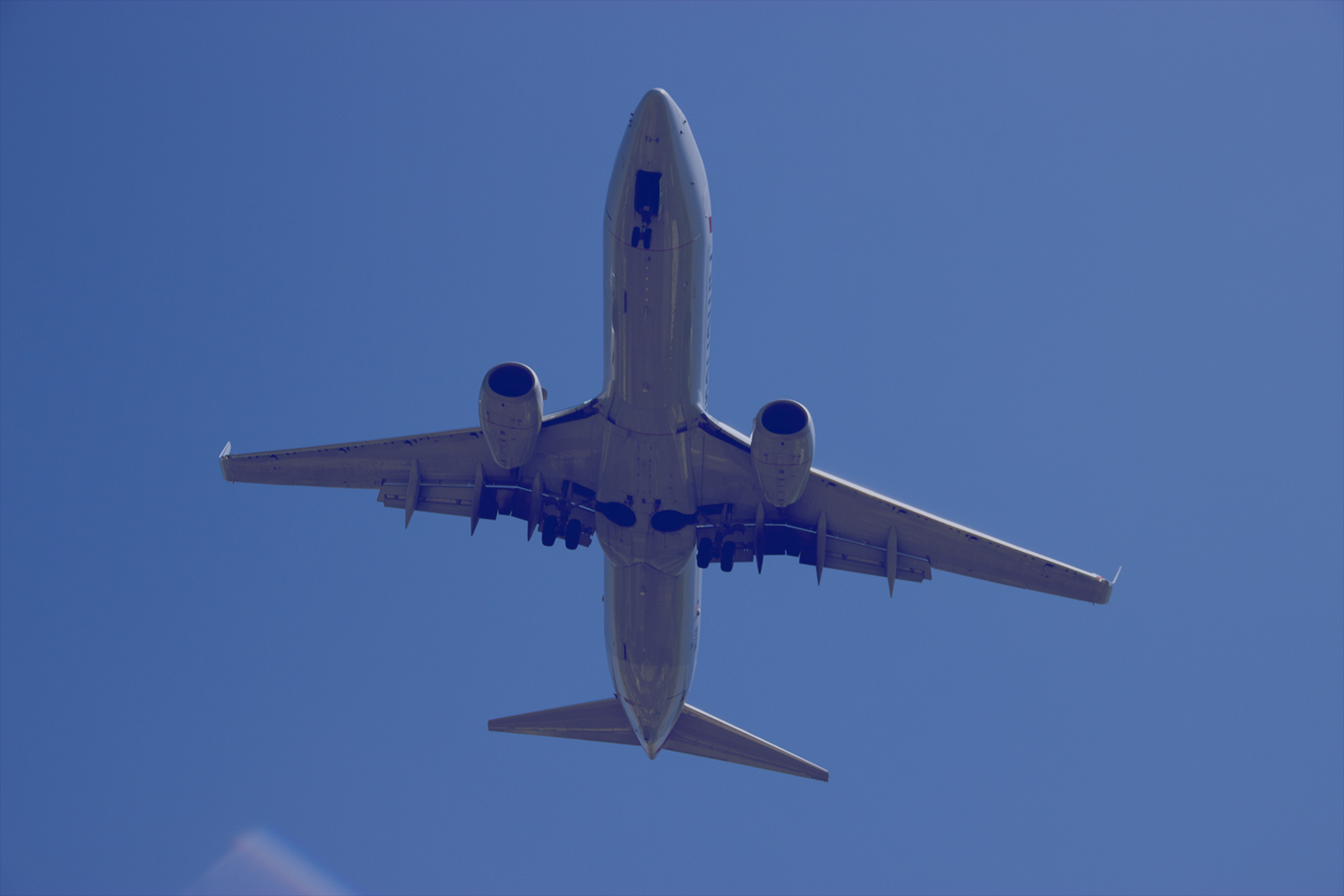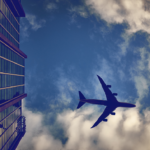Boeing 737NG cabin configurations
Is your Boeing 737NG cabin configurations in compliance with EASA regulations?
In response to the Certification Memorandum CM–21.A–CS–001 Issue 02, titled “Classification Of Design Changes To Cabin Interiors Of Large Aeroplanes,” released by EASA in April 2021, AES has successfully secured six Supplemental Type Certificates (STCs) for various seat type configurations on the Boeing 737NG, covering both 186 and 189 passenger configurations. Notably, the most recent STC covers the Saffron Z100 series in a 189 configuration (STC Nr 10083547). AES is actively pursuing additional STCs, with several applications currently in progress.
The Certification Memorandum clarifies classification of changes to Cabin Interiors including the installation of seats that require a compliance statement against CS25.562, focusing on Emergency Landing Dynamic Conditions. It’s worth noting that this requirement has been a longstanding part of EASA Part 21 Appendix A of GM 21.A.91. However, with the release of CM–21.A–CS–001, EASA has clarified and reinforced the classification process for such changes, superseding past practices.
A key aspect highlighted in accordance with EASA B737 Type Certificate Data Sheet (TCDS) IM.A.120 is that most seating configurations for the B737NG family must meet the requirements for JAR25 Chapter 13, excluding certain clauses. This mandates the classification of these changes as Major (STC). It is important to mention the requirement provided in CS26.60 (Additional Airworthiness Specifications), which requires dynamically tested seats to be installed in configurations manufactured post-26th February 2021 to be compliant with CS25.562.
AES remains committed to delivering aerospace engineering solutions that not only meet but exceed regulatory requirements, ensuring the highest standards of safety and compliance in the aviation industry. For further details on these achievements, interested parties are encouraged to contact us below.








